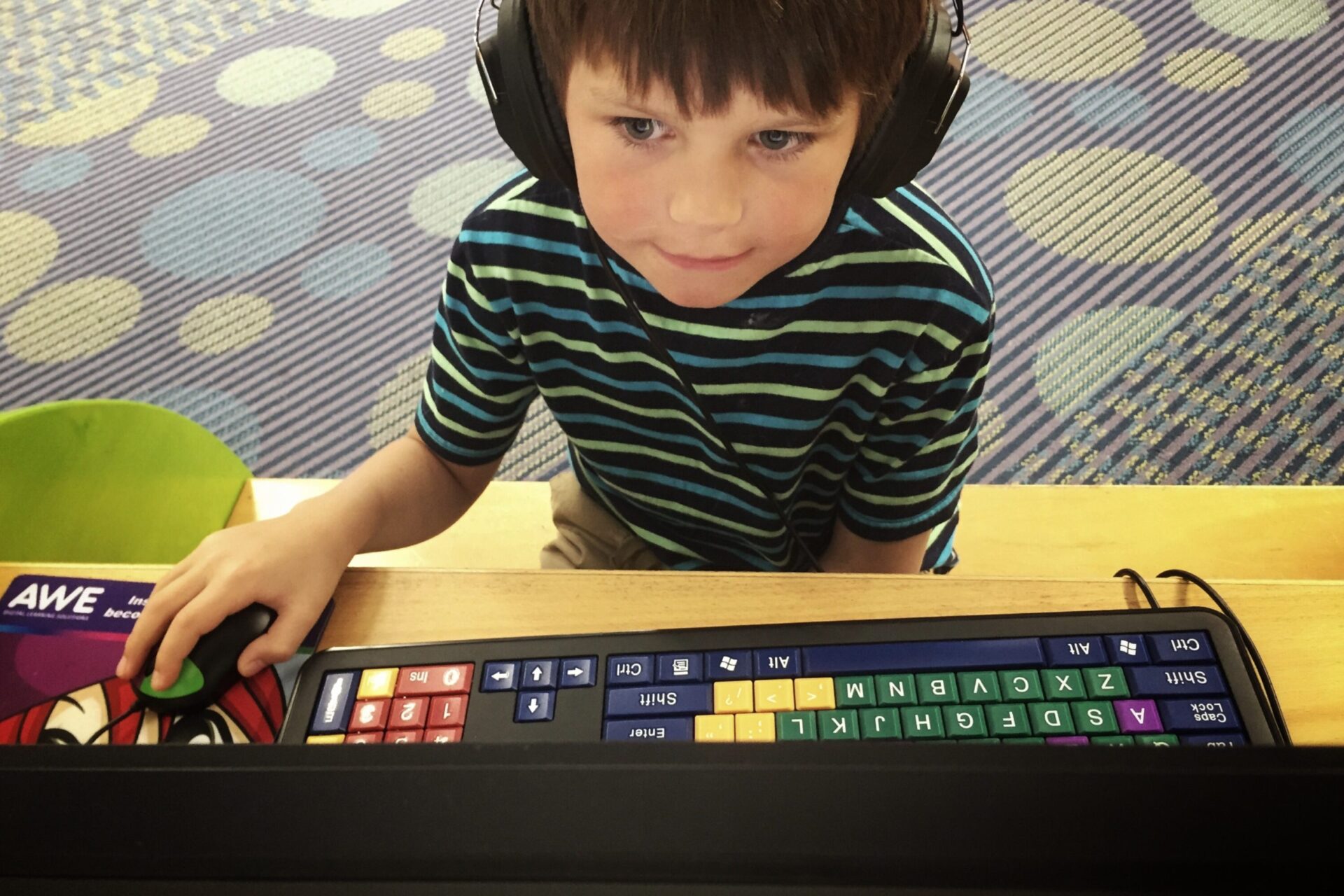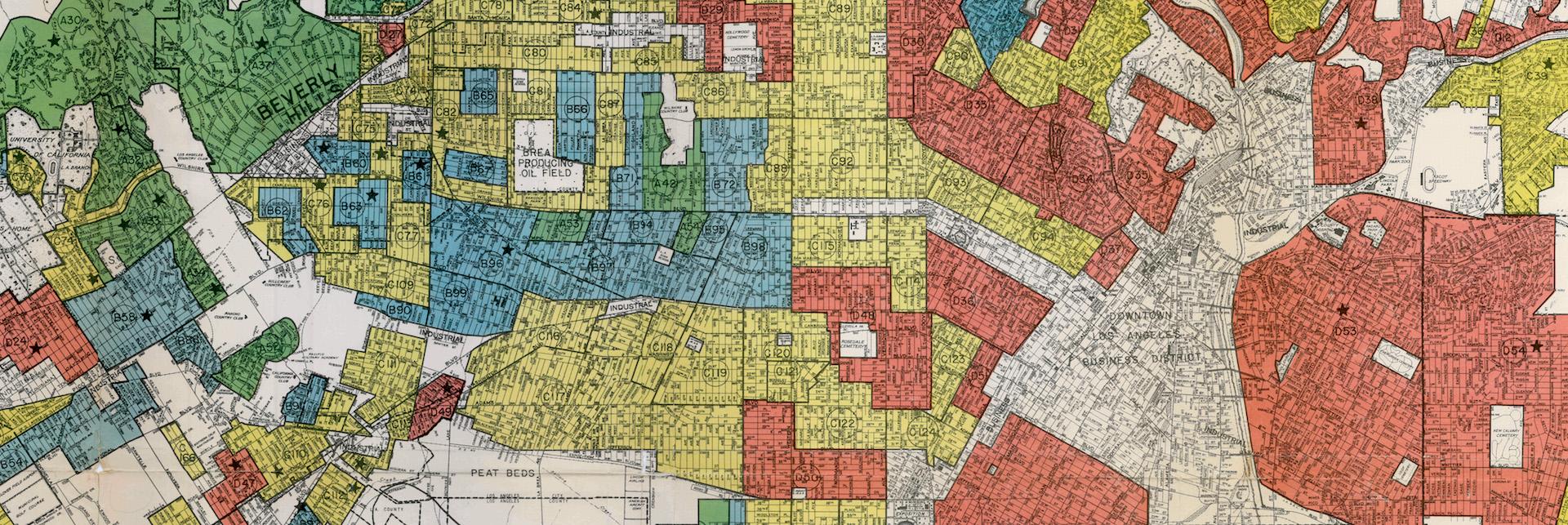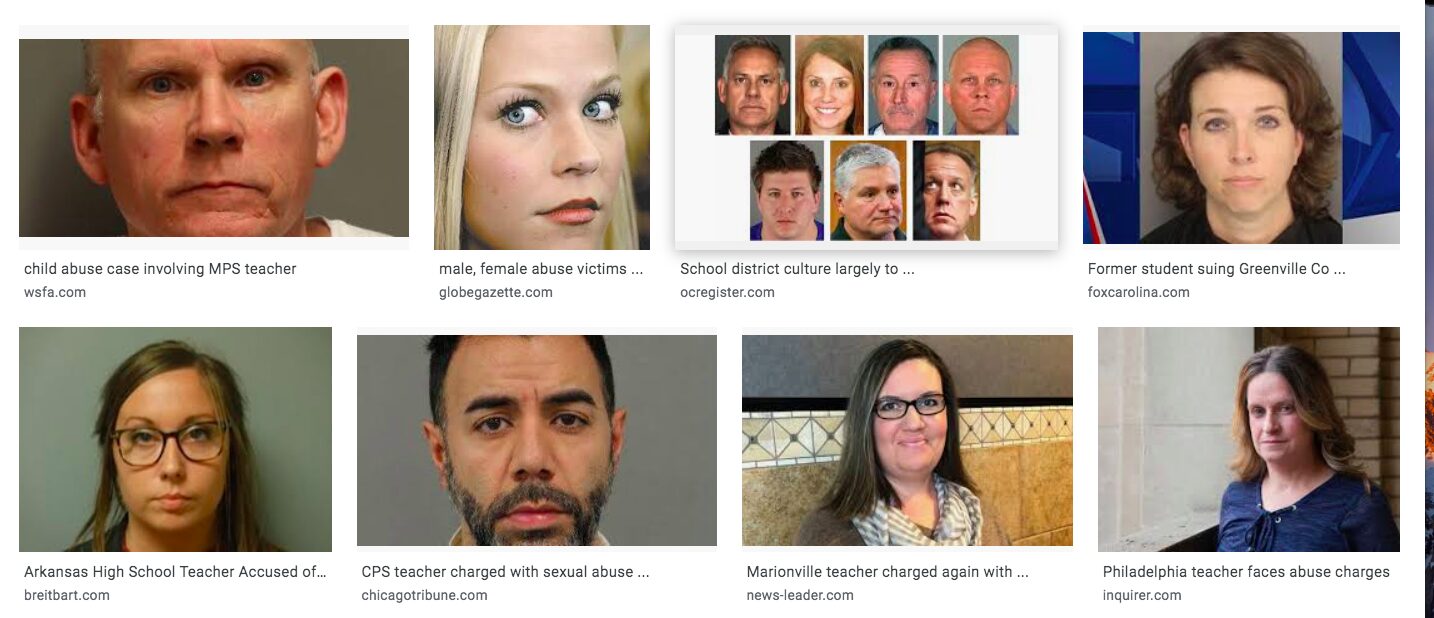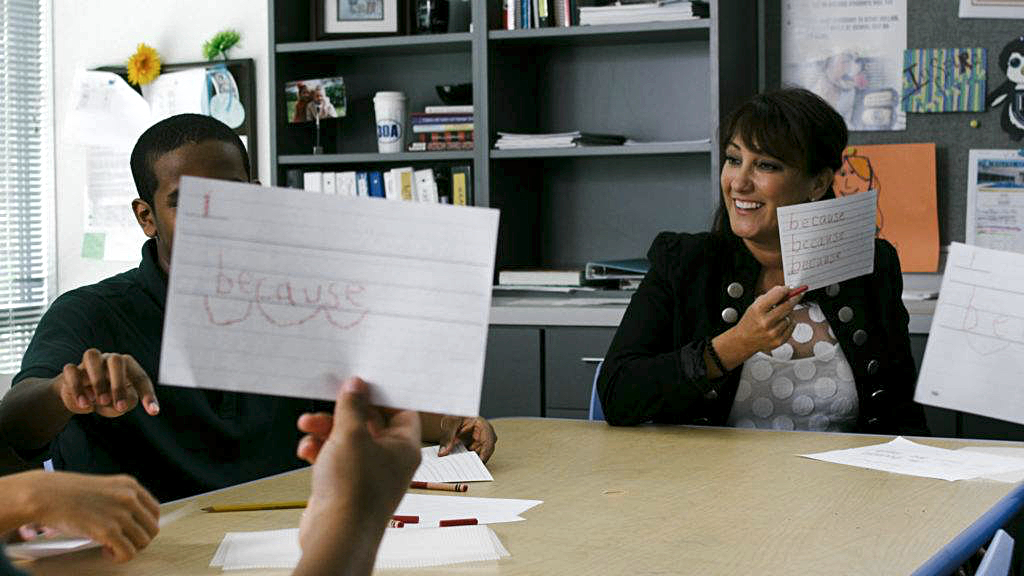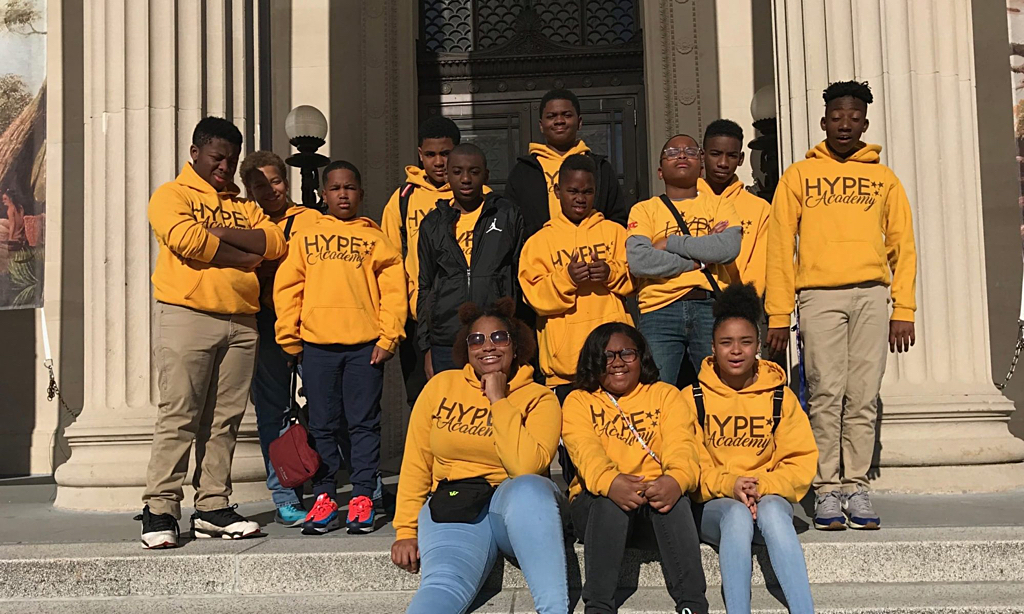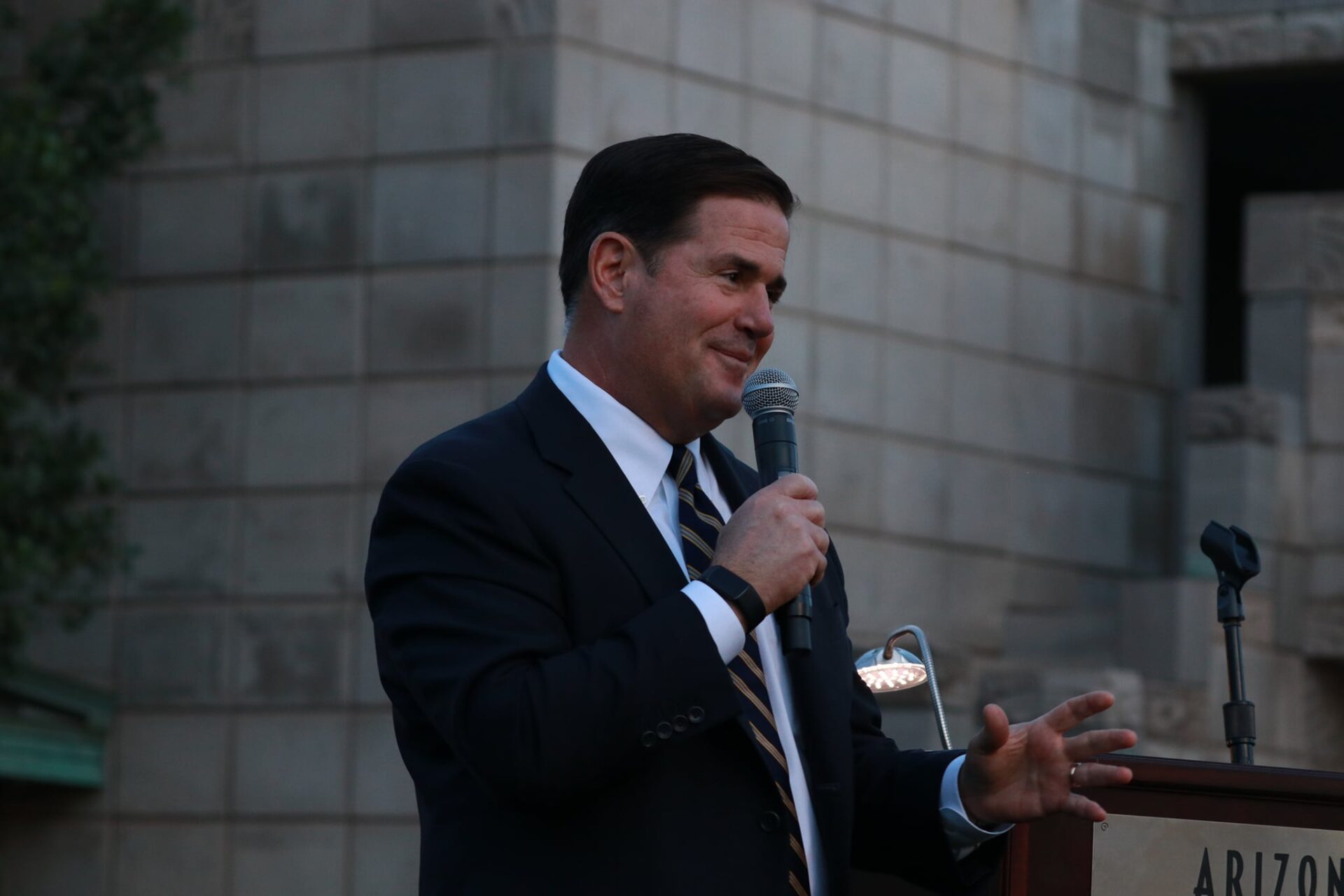
The Data Bears It Out, Educational Freedom Means Higher Educational Achievement
When I became a parent, it seems like ages ago, my favorite book to read to my sons was “If You Give a Mouse a Cookie.” As a social scientist, I appreciated the book’s message that actions have consequences that often delight. Thus, I was especially eager to pull together a talented group of researchers to pose the question: If you give a state more education freedom, what happens?
The more a state provides parents with the freedom to choose their child’s school, the better the state’s students score on the National Assessment of Education Outcomes
Our conclusion is that the more a state provides parents with the freedom to choose their child’s school, the better the state’s students score on the National Assessment of Education Outcomes (NAEP). Even controlling for other state-level factors, and focusing on test score gains instead of levels, more freedom equals more achievement.
This crucial finding is explained in the latest report from my research team at the University of Arkansas, “Education freedom and student achievement: Is more school choice associated with higher state-level performance on the NAEP?” The co-authors of the report are Jay P. Greene, Matthew Ladner and James D. Paul.
We used data from 2017 and 2018 to construct an index that captures the overall level of school choice in each state. The Education Freedom Index 2021 (EFI-21), modeled after a similar index in 2000, measures the extent to which a state has widespread and accessible private school choice, public charter schools, homeschooling and public school choice. Arizona ranks first in education freedom, followed by Indiana (2), Minnesota (3), Wisconsin (4), Iowa (5), Louisiana (6), Florida (7), Ohio (8), Idaho (9), and Michigan (10).
We also analyze the relationship between state EFI-21 rankings and average student achievement levels and gains since 2003 on the 2019 NAEP. We focus on the NAEP scores of eighth graders, who have experienced nine years of formal schooling, and combine the math and reading scores to make our analysis more precise.
We find that higher levels of education freedom are significantly correlated with higher NAEP achievement levels and gains even after controlling for key state conditions such as per-pupil education spending, student-teacher ratios, teacher quality, household income and other features of the student population.
We find that higher levels of education freedom are significantly correlated with higher NAEP achievement levels and gains even after controlling for key state conditions such as per-pupil education spending, student-teacher ratios, teacher quality, household income and other features of the student population. While some of these factors are positively associated with NAEP outcomes (I’m looking at you household income), controlling for their effects does little to alter our finding that more educational freedom correlates with higher achievement.
The main intuition behind the EFI-21 is that choice increases competition, and the resulting competitive pressure to attract and retain students improves school performance. Different school choice policies interact in important ways. In Arizona, modest charter school and open-enrollment policies launched in 1994, followed by a private school choice pilot in 1997. In spite of some judicial hiccups, these various forays into education freedom led to a Grand Canyon-sized bidding war among public school districts, charters, and private schools regarding who could give parents more exciting educational choices. When the prairie dust settled, Arizona was first in the nation in education freedom and experienced significant student gains on the NAEP over a 16-year period (Figure 1).

Florida made the largest jump in the education freedom rankings from 2000 to 2021. At the turn of the millennium, the Sunshine State ranked comparatively low in education freedom, at 35th, largely because its geographically massive public school districts make it hard for parents to choose schools based on where they decide to live. Governor Jeb Bush and other Florida policymakers enacted an ambitious package of education reforms centered on school choice and accountability. The Florida school choice programs targeted students who were low-income or who had disabilities. Not coincidentally, gains on the NAEP for low-income students (Figure 2) and students with disabilities (Figure 3) in Florida dramatically outpaced those for similar populations across the country from 2003 to 2019.


The positive association between education freedom and student achievement appears to be robust. We used an alternative measure of education freedom that excluded some low-value private school choice programs and the results only became stronger. We then examined the correlation between the EFI and NAEP gains just for low-income students and found a stronger association than for all students. These results all made sense.
After all, as the story goes, when you give a parent education freedom…







